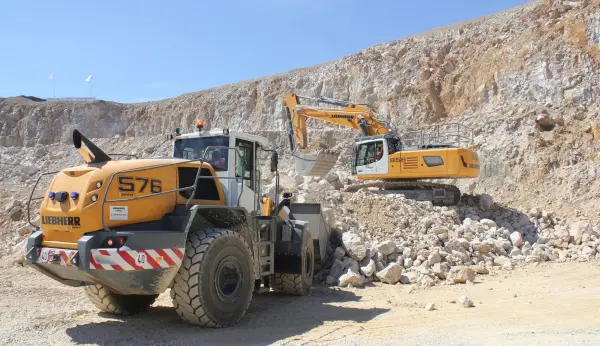‘Serious gaps’ found in protecting workers from excessive noise
HSE inspection campaign identifies significant failings in employee training and equipment management
THREE-quarters of noisy workplaces lack essential knowledge on maintaining hearing protection equipment, Health and Safety Executive (HSE) inspections have found. The most recent inspection campaign identified significant failings, uncovering issues with employee training and equipment management.
One in four workplaces had noise levels requiring mandatory hearing protection, placing crucial responsibilities on employers to ensure proper provision and management of protective equipment. However, inspections revealed concerning gaps in implementation.
At high-noise workplaces, more than 75% of employees lacked essential knowledge about storing hearing protection, checking for damage, or reporting equipment faults to employers. Nearly two-thirds (63%) had not received guidance on the critical importance of wearing protection continuously during exposure to harmful noise levels.
Training deficiencies were particularly evident, with 80% of employees receiving no instruction on proper wearing techniques, including avoiding interference from hats and hoods, keeping hair clear of earmuffs, or ensuring compatibility with other personal protective equipment such as hard hats and eye protection.
Most significantly, 95% of employers had failed to verify whether workers wearing hearing protection could still detect vital warning signals, including fire alarms and vehicle reversing alerts.
Chris Steel, the HSE’s principal specialist inspector, said: ‘The gaps that we found in implementation are serious. They place an added risk to workers of excessive exposure to noise when they may believe they are being protected.
‘If your defence against workplace noise is to give your workers hearing protection then you need to check that it works. How confident are you that the hearing protection you have supplied is in good order, is being worn when it should be, how it should be, and that it is not stopping your workers from hearing warning signals?’
To address these issues, the HSE is promoting the CUFF checking system to help employers assess hearing protection effectiveness. The acronym covers:
Condition – Regular inspection of equipment integrity ensures protection remains physically capable of doing its job
Use – Proper deployment and accessibility enable consistent protection during hazardous activities
Fit the ear – Correct wearing technique maximizes the protection potential of well-chosen equipment
Fit for purpose – Technical matching between hazard levels and protection capabilities ensures adequate safety without creating new risks.
Personal hearing protection demands active management rather than passive provision. The administrative burden reflects the serious consequences of failure: once hearing damage occurs, it cannot be reversed.
The investment in proper hearing protection management pays dividends in reduced injury rates, improved compliance, and enhanced workplace culture. Most significantly, it preserves something irreplaceable: your workers’ ability to hear.
To help protect workers from noise-induced hearing loss, on 28 October 2025 the HSE will be holding a one-day training course in Buxton, Derbyshire. Providing essential information for health and safety practitioners, managers, and supervisors responsible for managing workplace noise risks, the course – Noise: Management of exposure in the workplace – will cover risk assessment and compliance with the Control of Noise at Work Regulations 2005.










